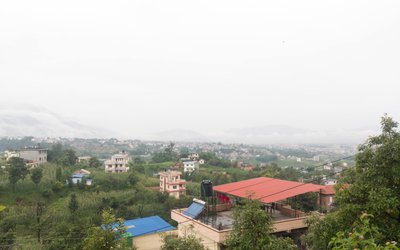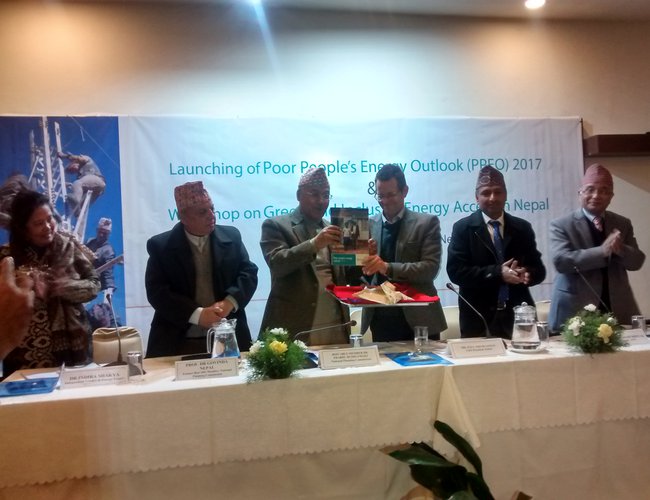
Despite achieving much success, 22 percent of the population in Nepal has no access to electricity. Although Nepal government has expressed its commitment to provide electricity access to 99 percent households and increase the share of renewable energy to total energy consumption to 50 percent by 2030, there is an investment gap.
Experts argue that the current level of investment cannot meet the ambitious target. Nepal has so many good examples of expanding renewable energy. However, majority or 74.4 percent of households dependent on solid biomass fuels including fuelwood, agriculture residue and animal dung and 45.67 percent are still using traditional stoves.
According to a study, Nepal needs to invest 25 billion dollars by 2030 to achieve energy for all. For this, Nepal needs doubling of the renewable energy portfolio and doubling of the energy efficiency until 2030.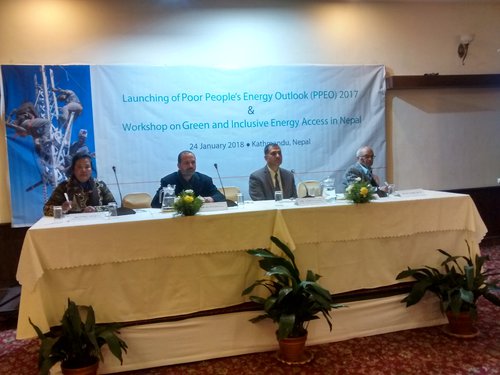
As Nepal is moving ahead with the promise, recently launched Practical Action's 2017 edition of the Poor People's Energy Outlook (PPEO) reveal many interesting phenomena.
Launched jointly by the member of National Planning Commission Prabhu Budhathoki and CEO of Practical Action Paul Smith Lomas, the report highlighted many important issues.
The report highlighted distributed technologies (mini-grids and stand-alone systems) are the least cost solution for meeting the needs of a majority of those remaining unconnected.
“Currently, 4.3 million people globally every year – mainly poor women and children – die as a result of breathing in smoke from cooking indoors. Globally, more than 3 billion people continue to cook on a basic open fire. One billion people are still without access to modern energy, preventing them from reaching their full potential and emerging from poverty,” said report.
In Nepal, still, around 22 percent of the population has no access to electricity. The new PPEO report considers how to best finance national integrated energy access plans based on analysis of the markets and consultations with energy-poor communities.
The report also presents in-depth research into the mix of technologies and funding required to achieve Total Energy Access by 2030; that is, energy access at the household level, in community services like health clinics and schools, and in enterprises and for productive uses of energy. Previous PPEOs demonstrate how universal energy access is essential to achieving almost every Sustainable Development Goal (SDG).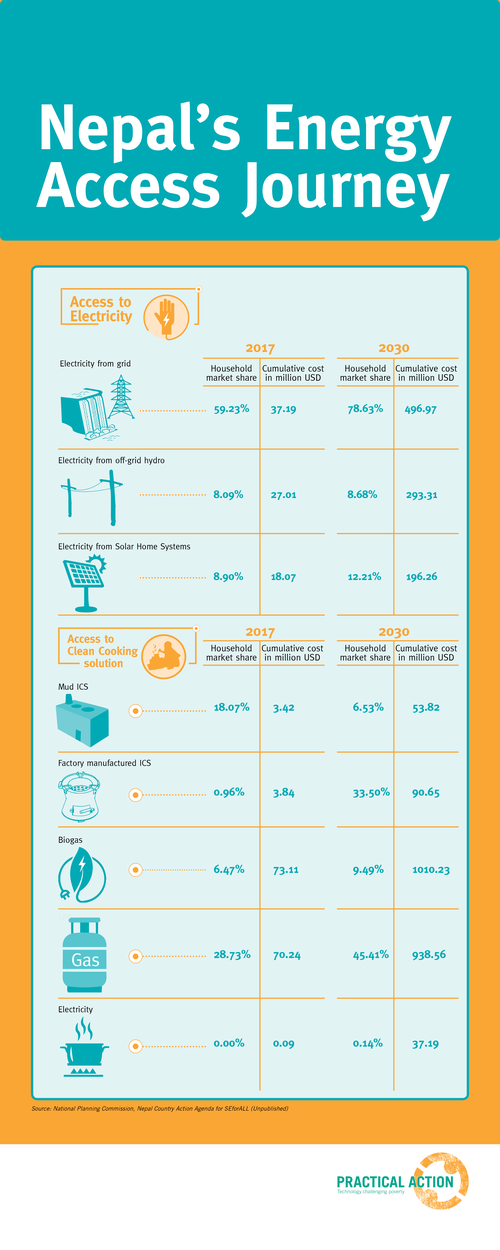
Chaired by Paul Smith Lomas, CEO of Practical Action Dr. Prabhu Budathoki, Member of National Planning Commission (NPC) was the chief guest. Addressing the program Dr. Budathoki said that the government will increase annual budget to meet the target.
"Society in energy poverty cannot be poverty free. Reducing energy poverty is fundamental to development," said Budhathoki.
Also addressing the program, Practical Action's CEO Lomas said, "A key part of the energy story of tomorrow is the importance of bottom-up approach."
As expert commentator former member of NPC Prof. Dr. Govinda Nepal, Prof. Dr. Ram Manohar Shrestha, Emeritus Professor, Asian Institute of Technology and Dr. Indira Shakya, Independent Gender and Energy Expert, highlighted various important part of PPEO 2017.
Dr. Nepal highlighted the need for energy finances in the demand-driven approach. Meanwhile, based on his review, Dr. Shrestha commented on the book saying, "Traditional energy planning does not consider the affordability of poor people and ignores the role of the demand side." Similarly, Dr. Shakya highlighted the need of gender mainstreaming in energy financing in Nepal.
Ram Prasad Dhital, Executive Director, AEPC attended the event as a guest while representatives from government and non-government organizations, development partners and media participated in the event.
Achyut Luitel, country director Practical Action, said that PPEO has been one of the important reports of Practical Action highlighting energy needs, demand and gap of resources. Pooja Sharma, HOP Energy Practical Action, presented the highlights of the PPEO 2017.

Releasing the report
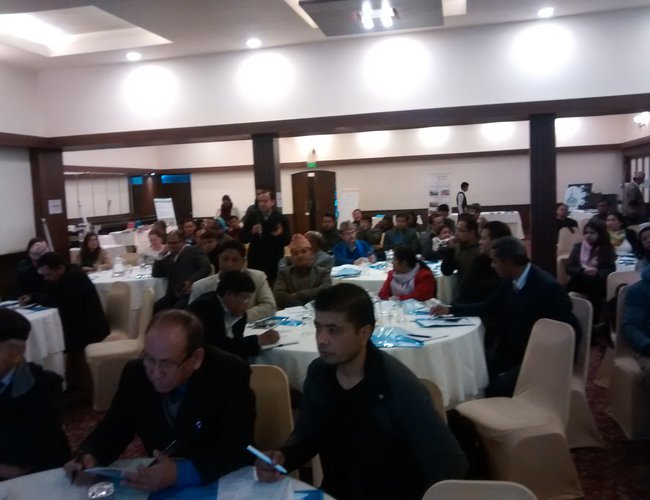
Report launching program
- EU Ambassador To Nepal Veronique Lorenzo Paid A Courtesy Call On Rana
- Jul 27, 2024
- 139 People Died In The Disaster
- Jul 27, 2024
- Monetary Policy Eases Managing Capital Fund Stress
- Jul 27, 2024
- Weather Forecast: Chances Of Heavy Rainfall Is Likely In One Or Two Places Of Sudu Paschim And Bagmati Province
- Jul 27, 2024
- The Sentiment Of Monetary Policy Seems Focused On Increasing Eemand: FNCCI President Chandra Prasad Dhakal
- Jul 26, 2024












